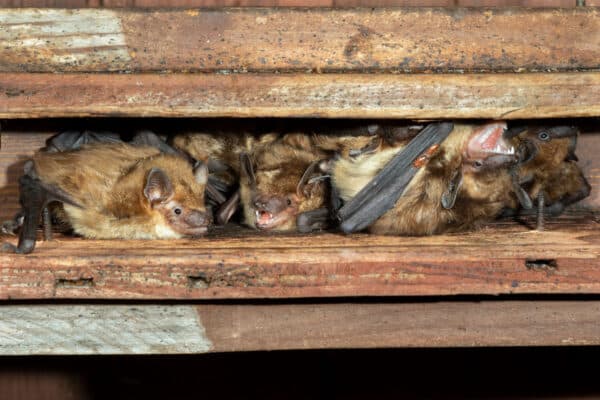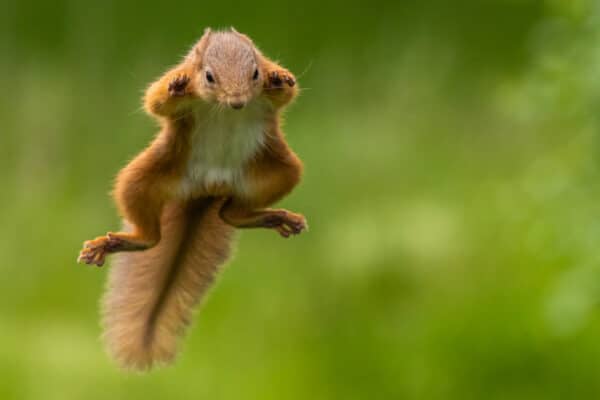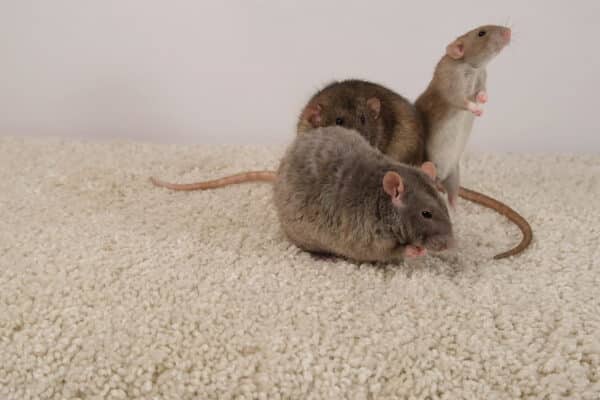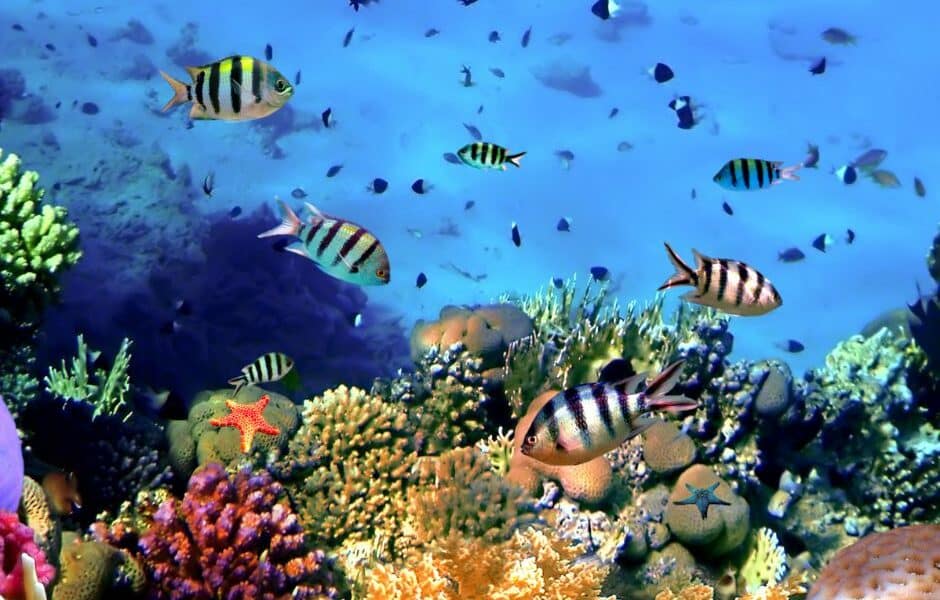
About 71% of the globe is covered in water. These areas include many aquatic habitats where plants and animals carry out their unique lives. These environments and creatures are crucial for the survival of the planet. It could be argued that humans would not exist without the world’s aquatic habitats.
In this blog from Covenant Wildlife Removal, you’ll learn about the many aquatic habitats and their importance on the planet.
What is an Aquatic Habitat?
Anywhere animals, plants, and other organisms live are known as a habitat. Therefore, an aquatic habitat is a particular location in the water in which the wildlife dwells. There are also transitional (a mix of land and water) and terrestrial (land) habitats.
Our incredible planet is teeming with diverse aquatic habitats, from coral reefs to rapid-moving rivers. Each environment has unique qualities that make it different from any other. Habitats are mainly defined by the life residing there, their climate, plants, and other ecosystem factors.
Below, you will discover six distinct aquatic habitats you may want to be familiar with. You’ll be left with more appreciation for the Earth, its wildlife, and the need for animals to continue thriving in their respective habitats.
Marine Habitats
Marine aquatic habitats are defined by water with a salt concentration of over one percent. They include our planet’s oceans, seas, and coral reefs. Oceans alone make up the largest habitat on Earth, covering 70% of the globe.
The Pacific, Indian, Atlantic, Arctic, and Southern Oceans are the five major oceans. They are further parted into smaller habitats, like coastal habitats, coral reefs, and the open ocean.
Seas are defined as a section of an ocean that is partly surrounded by land. There are 50 seas recognized worldwide, including the Gulf of Mexico and the Hudson Bay.
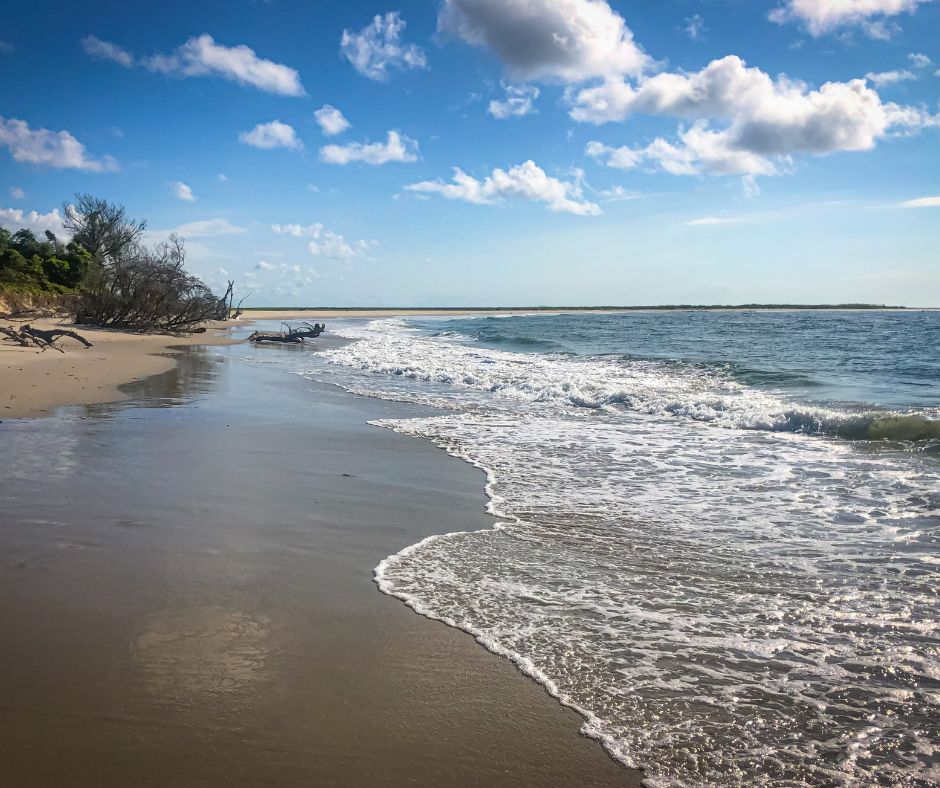
Coastal
The coastal aquatic habitats are teeming with life. Their warm and shallow waters provide ample resources for the animals that call it home. Here, you will find the smaller aquatic species while larger species dwell in the deep ocean.
The animals that thrive in the coastal regions of the world include:
- Crabs
- Small fish
- Insects
- Lobsters
- Snails
- Shrimp
Open Ocean
Over half of the Earth is open ocean with waters more than two miles deep. Many species living in the open ocean habitats spend their entire lives surrounded by water, never making contact with the coast, seafloor, or even the water’s surface.
The open ocean is extensive. So, to better understand its animals and distinct conditions, scientists separate it into five different zones:
- Epipelagic Zone– The “upper open ocean,” this region includes the surface to about 650 feet below.
- Mesopelagic Zone- Known as the “middle open ocean,” it extends from the end of the previous zone to about 33000 feet deep.
- Bathypelagic Zone– The”lower open ocean” reaches about 13,000 feet deep.
- Abyssopelagic Zone– This region stretches to the bottom of the ocean floor.
- Hadopelagic Zone– Here, deep trenches disrupt the flat ocean floor. This zone is only found in specific locations of the world.
The marine life of the open ocean is diverse due to the specific conditions of each region. Here are just a few examples of the vast range of open ocean creatures:
- Whales
- Sharks
- Dolphins
- Octopus
- Sea cucumbers
- Various large fish species
Coral Reefs
Coral reefs are home to some of the most diverse and rich wildlife of aquatic habitats. They’re found in shallow waters along the coasts of tropical and subtropical regions. Coral reefs are categorized into two primary habitats- soft and hard coral reefs.
The Great Barrier Reef is the largest coral reef, covering almost 135,000 square miles off the northeastern coast of Australia. Other massive reefs are located along the shores of southwest Africa, the Caribbean, Southeast Asia, and the South Pacific Ocean.
The animals here are of all shapes, sizes, and colors. Truly, some of the world’s most fascinating creatures live in our vibrant coral reefs:
- Sea urchins
- Starfish
- Sea snakes
- Eels
- Sea horses
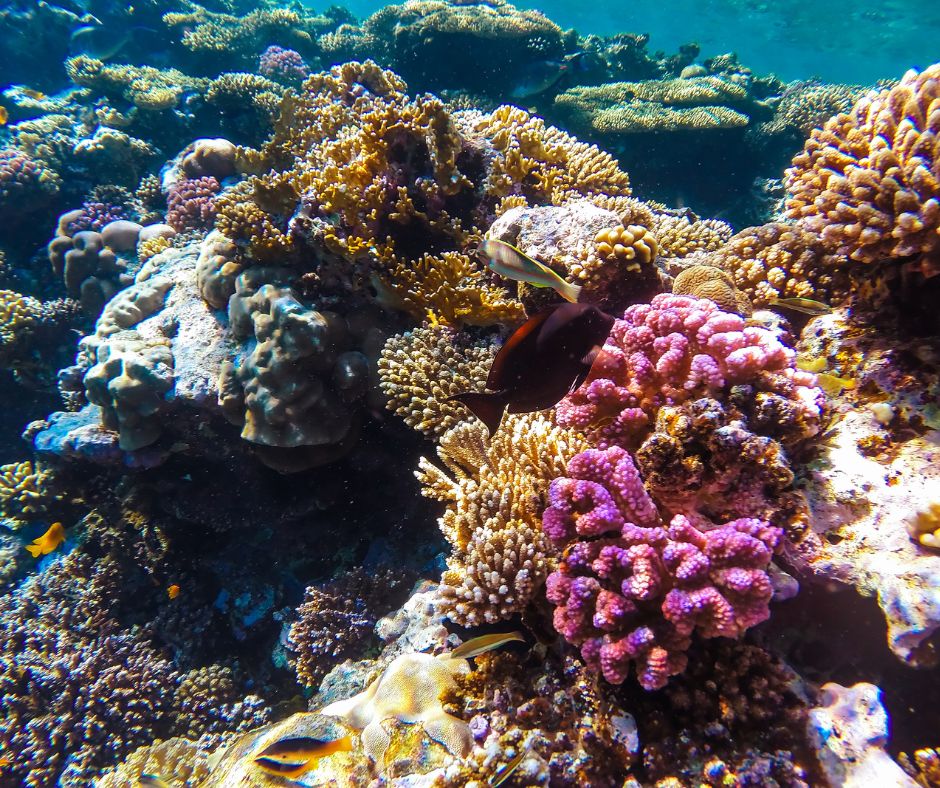
Seas
Seas and oceans are very similar. Many people even use the words interchangeably when talking in basic terms. However, geography defines seas and oceans separately. Seas are smaller than oceans and are typically partly surrounded by land.
For example, the Mediterranean Sea, Red Sea, and the Arabian Sea have land borders and do not reach the drastic depths of the open ocean. Other seas on Earth include the Caribbean Sea, Gulf of Mexico, and the Bay of Bengal.
Despite the word “sea” being in their names, the Dead Sea and the Caspian Sea are, in fact, saltwater lakes.
Like oceans, the regions of seas can be separated into coastal, deep water, and seafloor areas. In each zone, marine life is unique and specialized to thrive in specific conditions. Some of the creatures living in our seas include:
- Tuna
- Sardines
- Wahoo
- Moonfish
- Parrotfish
- Snapper
Freshwater Habitats
Aquatic habitats also include those with fresh water. However, these environments only cover 0.8 percent of the planet. The three main freshwater habitats are streams, rivers, and lakes. Additionally, wetlands are considered freshwater habitats in some cases. They may be categorized as semi-aquatic or transitional environments, as well.
Rivers and Streams
Rivers and streams are lotic ecosystems, meaning they have flowing waters that move in specific directions. Some of the most famous rivers are the Amazon, Mississippi, and Nile. In total, there are about 165 major rivers on Earth.
The animals living in the rivers and streams of the world must have particular adaptations to survive strong currents. Many insects, birds, and mammals live along waterways and would not survive without these vital aquatic habitats.
Some of the creatures that call the rivers and streams their home are:
- Insects, like beetles, stoneflies, and mayflies
- Trout
- Eels
- Minnows
- Beavers
- Otters
- River dolphins
Lakes and Ponds
Freshwater streams and rivers feed into the lakes and ponds on the planet. Lakes, ponds, and other smaller freshwater pools are considered lentic ecosystems. They are defined by relatively still waters, in contrast to the rapid currents of rivers and streams.
Many of these aquatic habitats are home to rare species because of the enclosed environment causing the creatures to live their entire life in just one location, generation after generation. Furthermore, several large mammals and other species depend on lakes to provide fresh water for drinking and fish for eating.
These animals include but are not limited to:
- Zebras
- Giraffes
- Deer
- Primates
The creatures that reside in lakes and ponds are numerous and diverse. Here are just a few examples:
- Crabs
- Shrimp
- Frogs
- Salamanders
- Alligators
- Water snakes
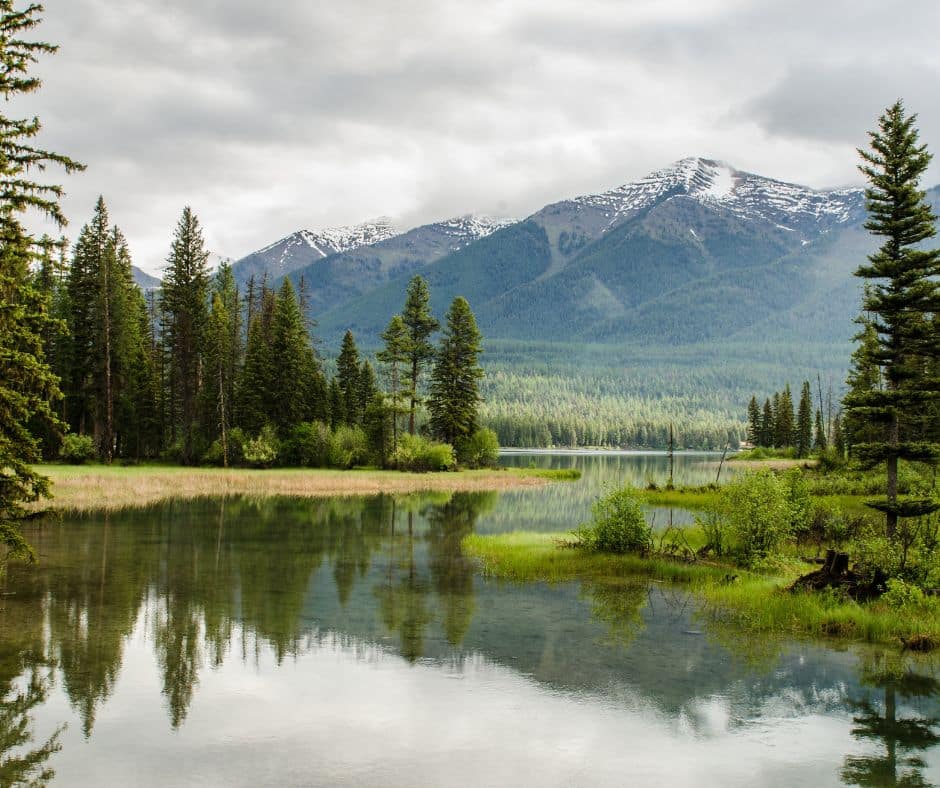
Conserving Our Aquatic Habitats
Earth wouldn’t be the same without our precious aquatic habitats. In fact, life on this planet would not be possible if the marine and freshwater environments ceased to exist. They are essential to many local economies and provide nutrients for animals and humans. That’s why we must take excellent care of these unique worlds.
Unfortunately, history proves we have failed this vital task in many ways. The fragile ecosystems and the creatures dwelling within them continue to be threatened by overfishing, pollution, and other human activities.
So, what can we do to make a difference? The possibilities are truly endless. To start, consider participating in the following efforts to help conserve our aquatic habitats.
1 | Spread the Word
Help your friends, neighbors, and family understands the importance of caring for the various aquatic habitats worldwide. Sometimes, all it takes is setting a good example for those around you.
2 | Donate Your Time or Money
There is always a demand for more people to donate their time or money to conservation projects. You can volunteer in your community or discover the thousands of other ways you can help on a grander scale.
3 | Make The Right Choices
Help conserve aquatic habitats by making wise choices in your personal life. This may include buying local and organic foods, recycling, and purchasing products with less plastic packaging.
Furthermore, you can start saving the aquatic environments of the world in your very own backyard. When an animal of any kind wanders onto your property, treat it with respect. You can do this by leaving the creature be and calling your local humane wildlife removal companies, like Covenant Wildlife. We ensure each animal is treated with kindness and care as we relocate the critter to its rightful home.
Call on Covenant Wildlife Removal
It’s not uncommon for ducks, various other bird species, or the occasional alligator to wander onto Alabama properties. If you have trouble with these animals or other wildlife, contact Covenant for humane critter removal services.
We prioritize treating our local creatures with care because we know the impact humans can have on all environments. So, give us a call to be sure the critters wandering onto your property are returned to their natural homes.

